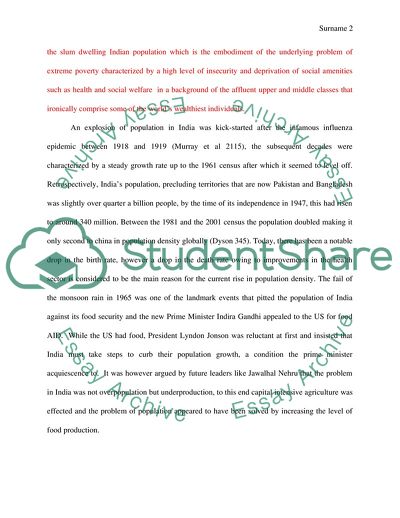Cite this document
(Indian Slums Report Example | Topics and Well Written Essays - 2500 words, n.d.)
Indian Slums Report Example | Topics and Well Written Essays - 2500 words. https://studentshare.org/politics/1831522-an-essay-on-the-indian-slums
Indian Slums Report Example | Topics and Well Written Essays - 2500 words. https://studentshare.org/politics/1831522-an-essay-on-the-indian-slums
(Indian Slums Report Example | Topics and Well Written Essays - 2500 Words)
Indian Slums Report Example | Topics and Well Written Essays - 2500 Words. https://studentshare.org/politics/1831522-an-essay-on-the-indian-slums.
Indian Slums Report Example | Topics and Well Written Essays - 2500 Words. https://studentshare.org/politics/1831522-an-essay-on-the-indian-slums.
“Indian Slums Report Example | Topics and Well Written Essays - 2500 Words”. https://studentshare.org/politics/1831522-an-essay-on-the-indian-slums.


